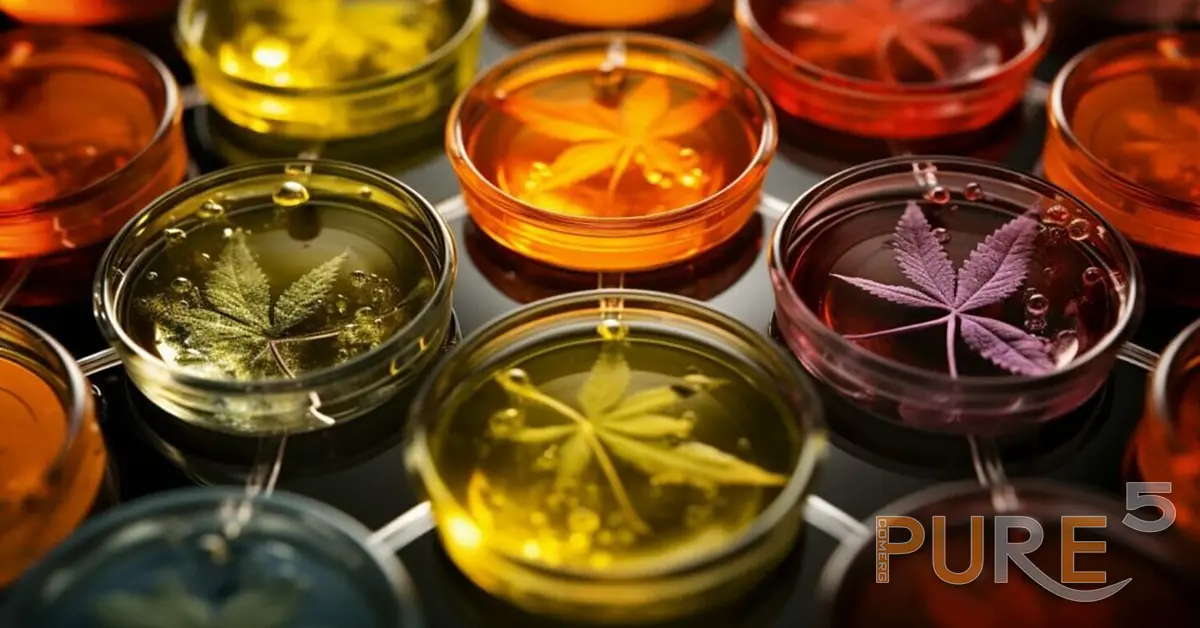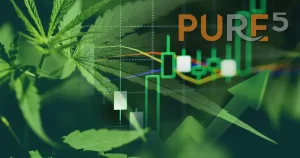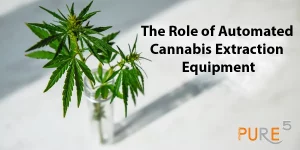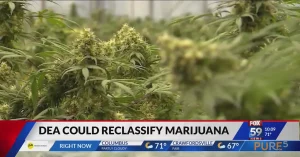What is Medical Cannabis?
Medical cannabis is a form of treatment that uses the cannabis plant or its extracts to alleviate symptoms of certain medical conditions. Cannabis contains several compounds called cannabinoids, which have therapeutic effects on the body. The two most well-known cannabinoids are tetrahydrocannabinol (THC) and cannabidiol (CBD).
Table of Contents
ToggleTHC is the compound responsible for the psychoactive effects of cannabis, while CBD does not produce any psychoactive effects and is known for its potential therapeutic benefits. Medical cannabis has been found to be effective in treating conditions such as chronic pain, nausea and vomiting, muscle spasms, seizures, and other conditions. However, it is important to note that the use of medical cannabis is still controversial and regulated differently in different countries and states.
Medical cannabis extracts are refined products where the essential oils and active compounds are separated from the raw cannabis plant. These extracts are highly concentrated, meaning that even a small amount can have a potent and long-lasting effect.
Cannabis extracts are a type of concentrate obtained from cannabis through chemical or mechanical extraction methods. During the extraction process, force, solvent or other compound is used to pull out the plant’s active ingredients.
Traditional solvent cannabis extraction products consist of three main components:
- Solute: The substance that gets dissolved, in this case, cannabis.
- Solvent: The liquid substance that dissolves the liquid.
- Solution: The final substance, which is a combination of the solute and solvent.
Medical cannabis extracts contain high levels of cannabinoids like CBD and THC, much higher by weight than dry cannabis flowers, leaves, or stems. They are pure, potent, and more bioavailable, especially when taken in tincture form.
Various methods are used for extracting medical cannabis, including butane extraction, ethanol extraction, carbon dioxide extraction, dry sifting, ice water extraction, rosin pressing, and aerosol extraction. Currently, using aerosol extraction is considered the newest and most cost-effective and convenient method for medicinal cannabis extraction.
Importance of the extracts
Extracts’ importance can vary depending on the context in which they are used. In the culinary world, extracts are often used to add flavor to dishes or baked goods, while in the beauty industry, they are used for their potential skincare benefits. In the realm of science, extracts can be used to isolate and study specific compounds or molecules, leading to advancements in various fields such as medicine and agriculture. Overall, extracts can play a significant role in many different industries and applications.
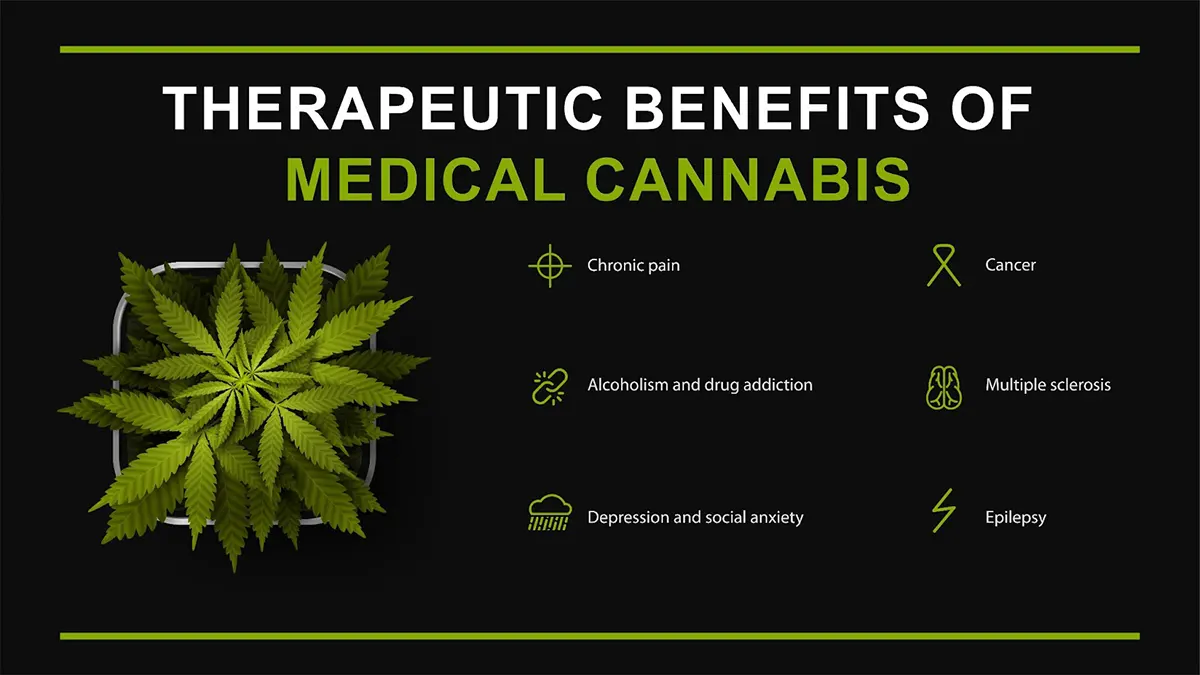
As the cannabis industry shifts from a black market to a legal one, there is a growing focus on product development and extraction methods.
Medical cannabis extracts offer consistent and accurate dosing, which is crucial for medical use. Both THC and CBD are effective in alleviating pain, making cannabis concentrates and extracts popular among those with chronic pain.
In conclusion, medical cannabis extracts play a vital role in medicinal therapy due to their potent and therapeutic properties. However, further research is needed to optimize drying and extraction methods. It’s also important to develop environmentally friendly and sustainable extraction techniques for the future.
Understanding Medical Cannabis Extracts
Types of Medical Cannabis Extracts
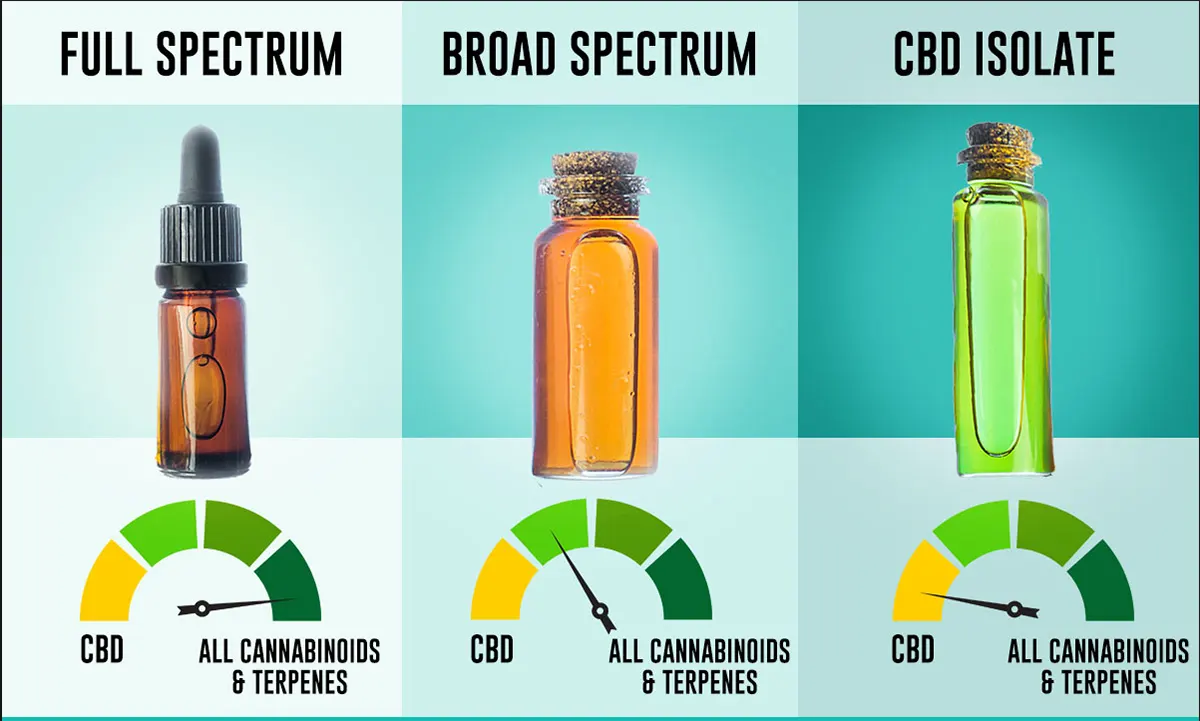
Extraction Methods
Extraction methods are important for making cannabis extracts. There are two main ways to extract cannabinoids from cannabis: solvent-based extraction and mechanical (solventless) extraction. Solvent-based extraction uses chemicals to dissolve the trichomes from the plant material. This method is common in cannabis processing. While solventless and hydrodynamic extraction methods are known for their high yield and feasibility, more research is needed in these areas.
Active Compounds in the Cannabis Extracts
The main active compounds in cannabis extracts are Cannabidiol (CBD) and delta-9-tetrahydrocannabinol (THC). THC is the part that makes you feel high, while CBD offers health benefits without the high. Both compounds interact with your body’s endocannabinoid system, but they have different effects on your body and mind.
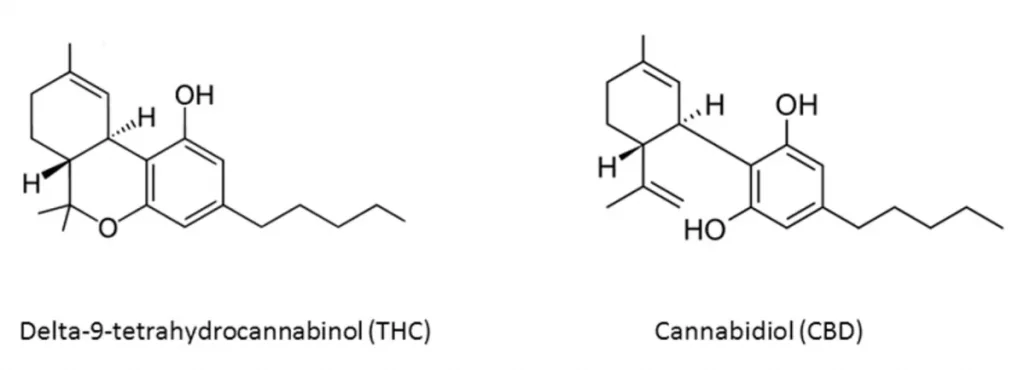
Application of medical cannabis extracts
1. Pain Management
Medical cannabis shows promise in managing chronic nonmalignant pain by improving pain scores and quality of life. The primary compound in medical cannabis, CBD, may also help suppress neuropathic and inflammatory pain. However, more research is needed to fully understand its effectiveness and safety.
2. Neurological Disorders
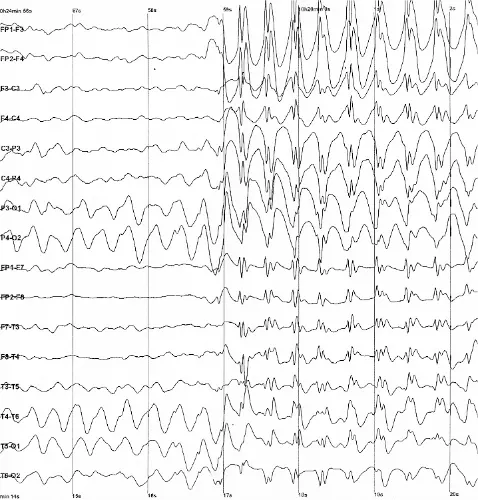
- Epilepsy: CBD, a component of cannabis, has FDA approval for treating rare forms of epilepsy and has demonstrated a reduction in seizure frequency.
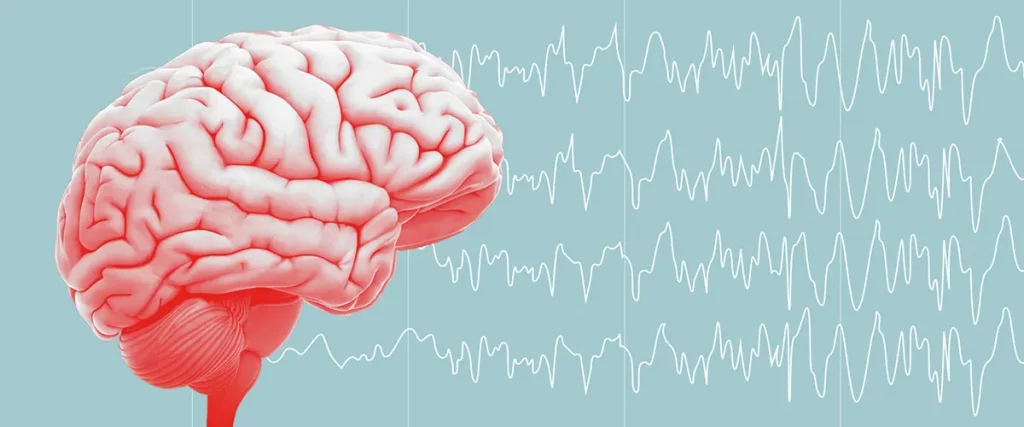
- Multiple Sclerosis (MS): Cannabis has potential benefits in MS, including immunosuppressive, analgesic, neuroprotective, and remyelinative effects. However, further research is needed to confirm these effects.
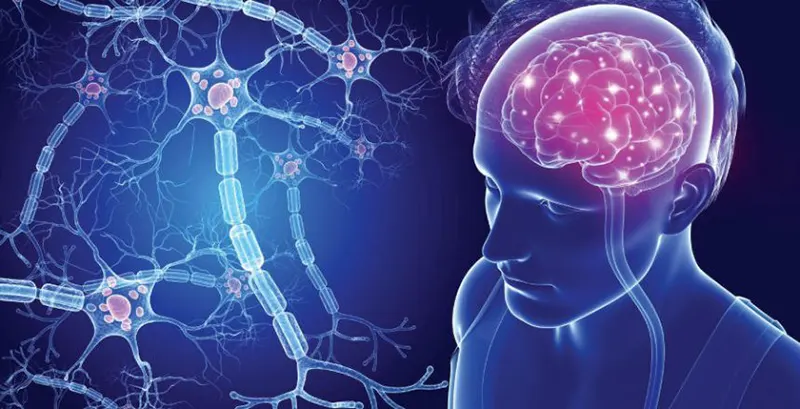
3. Mental Health Disorders
- Anxiety: Medical cannabis, particularly CBD, shows potential in reducing anxiety symptoms. However, THC can have varying effects on anxiety depending on the dose, administration method, and individual factors.
- Depression: Current research does not support the use of high-THC therapeutics for treating depression.
4. Digestive Disorders

- Crohn’s Disease: Anecdotal reports suggest cannabis can improve symptoms like abdominal pain, diarrhea, and weight loss in Crohn’s disease patients. However, there is no evidence that medical cannabis reduces inflammation or improves disease activity in IBD.
- Nausea: Medical cannabis can alleviate nausea associated with cancer or chemotherapy treatment.
5. Other Potential Applications
Cannabis extracts may have uses in treating conditions like glaucoma and asthma. Additionally, there are suggestions for its industrial applications, such as microbial control in cleaners and sanitizers. However, more research is needed to confirm the efficacy and safety of these applications.
Benefits of using medical cannabis extracts
1. Potency and Bioavailability
Medical cannabis extracts are highly potent and offer precise dosing with rapid effects. Solvent-based products are particularly potent, with THC levels averaging between 54-69% and sometimes exceeding 80%. Non-solvent-based extraction methods yield THC levels ranging from 39-60%. The bioavailability of cannabinoids like THC and CBD varies depending on the method of ingestion. When swallowed, bioavailability ranges from 4% to 20%, but sublingual administration increases it to 40% to 50%.
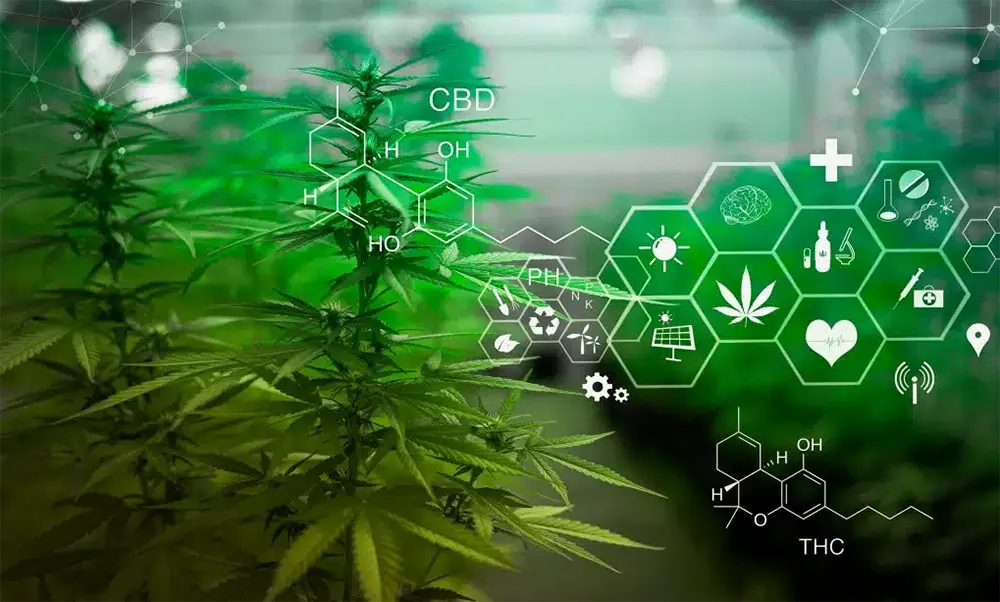
2. Versatility in Usage
Medical cannabis extracts are available in various forms, including edibles, topicals, and tinctures.
- Edibles are foods or drinks infused with cannabis and can contain non-psychoactive CBD for easier digestion.
- Topicals, such as balms or lotions, are applied directly to the skin for localized relief of discomfort or inflammation.
- Tinctures are liquid extracts of cannabis that can be taken orally under the tongue or added to food or drinks for quick relief.
- Vapes, or vaporizers, heat cannabis to a temperature that releases its active compounds into a vapor, which is then inhaled. Vaping is often favored for its rapid onset of effects and because it’s considered less harmful than smoking.
- Raw extracts, also known as concentrates, are highly potent forms of cannabis that have been extracted to keep only the most desirable plant compounds (primarily terpenes & cannabinoids), while removing excess plant material and other impurities. They come in various forms like oil, wax, and shatter, and are often used for severe pain and other serious conditions due to their high potency.
3. Controlled Dosing

Challenges and Considerations
The use of cannabis extracts faces several challenges and considerations. As cannabis transitions from an illegal to a legal market, there’s a focus on improving product development and extraction methods. 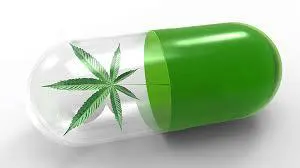
Conclusion
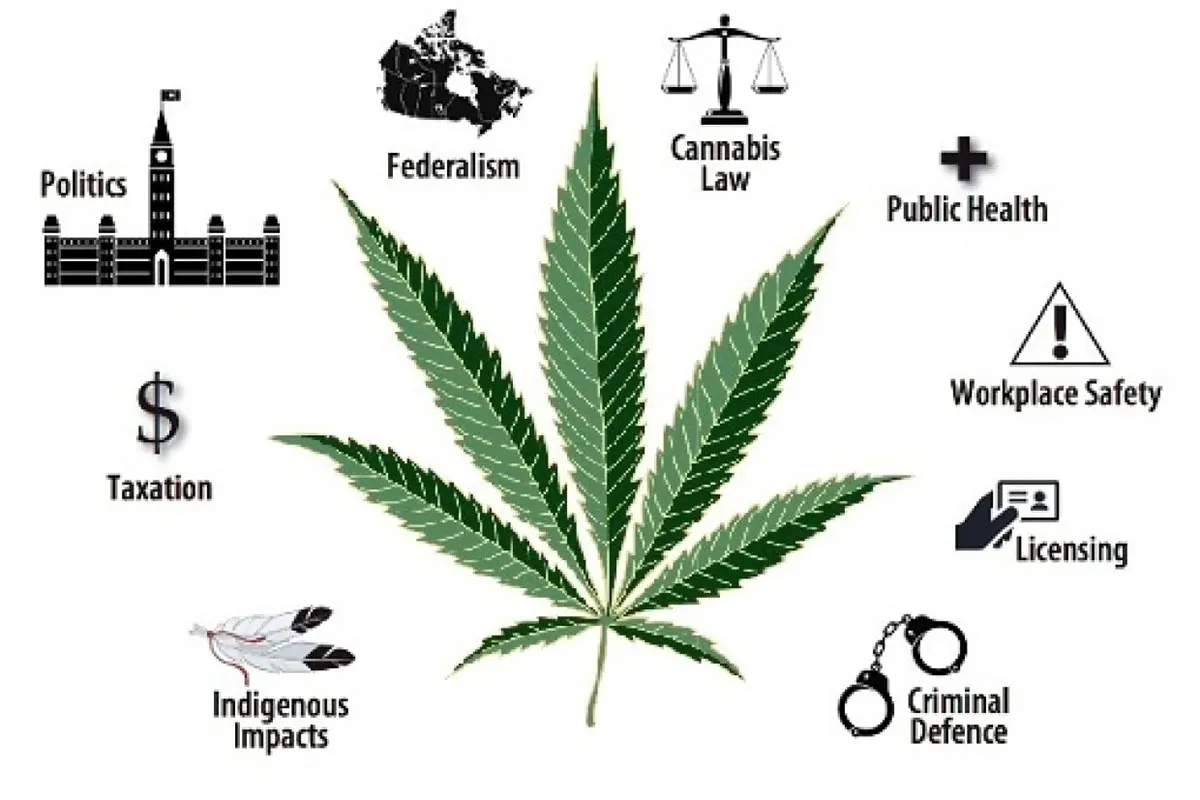
FAQs
Psychoactive effects are produced by THC, while CBD offers therapeutic benefits without the associated high. At PURE5™, we focus on extracting and preserving these beneficial cannabinoids for various medical applications.
Common side effects may include dizziness, dry mouth, and changes in appetite. However, the effects can vary based on individual tolerance and dosage. PURE5™ prioritizes quality and safety in our extraction processes to minimize adverse effects.
Regulations regarding medical cannabis vary by region. Some countries have legalized medical cannabis for specific conditions and patient populations. PURE5™ adheres to legal standards and supports the responsible use of medical cannabis extracts.
While generally considered safe, the long-term effects of medical cannabis extracts require further investigation. At PURE5™, we prioritize research and development to ensure the safe and effective use of our products.
Medical cannabis extracts may interact with certain medications. Patients should consult healthcare providers to ensure safe coadministration and monitor for potential drug interactions. PURE5™ supports patient safety and responsible use.

